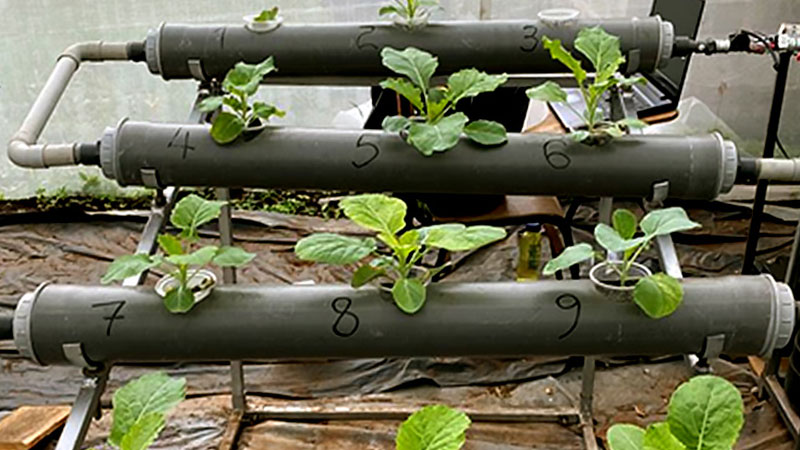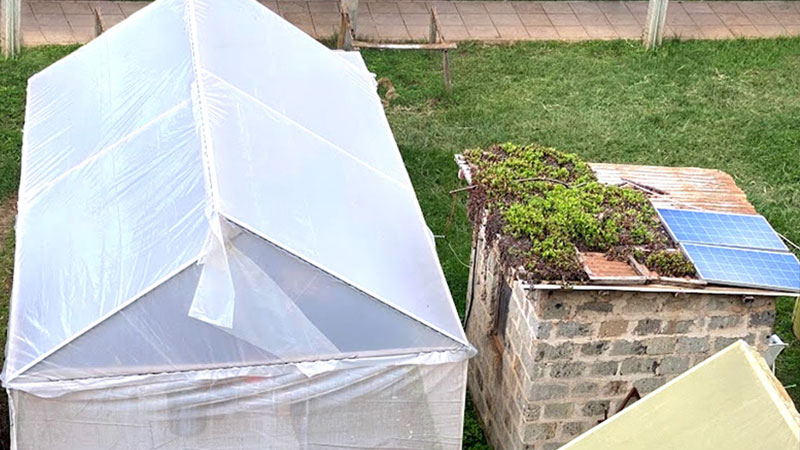Why do we need this new technology?
People across many areas of Africa suffer from a lack of infrastructure. Climate change is exacerbating existing issues such as water scarcity, food shortages, and power outages. In the NexusHub project, scientists from the Fraunhofer Institute for Interfacial Engineering and Biotechnology IGB and the Fraunhofer Institute for Chemical Technology ICT have joined forces with researchers from Jomo Kenyatta University for Agriculture and Technology (JKUAT) in Nairobi, Kenya, to develop a combined, decentralized solution: NexusHub.
This self-sufficient system enables water-conserving cultivation of crops in rural regions and features a solar infrastructure that allows it to supply not only the electricity needed for this, but also additional energy to operate further devices. The system is intended as an important contribution to preserving the livelihoods of the local people. Once the preliminary work is completed in Nairobi, the plan is to test and improve the system in collaboration with people living in a rural area and then roll it out from there to elsewhere in Kenya.





